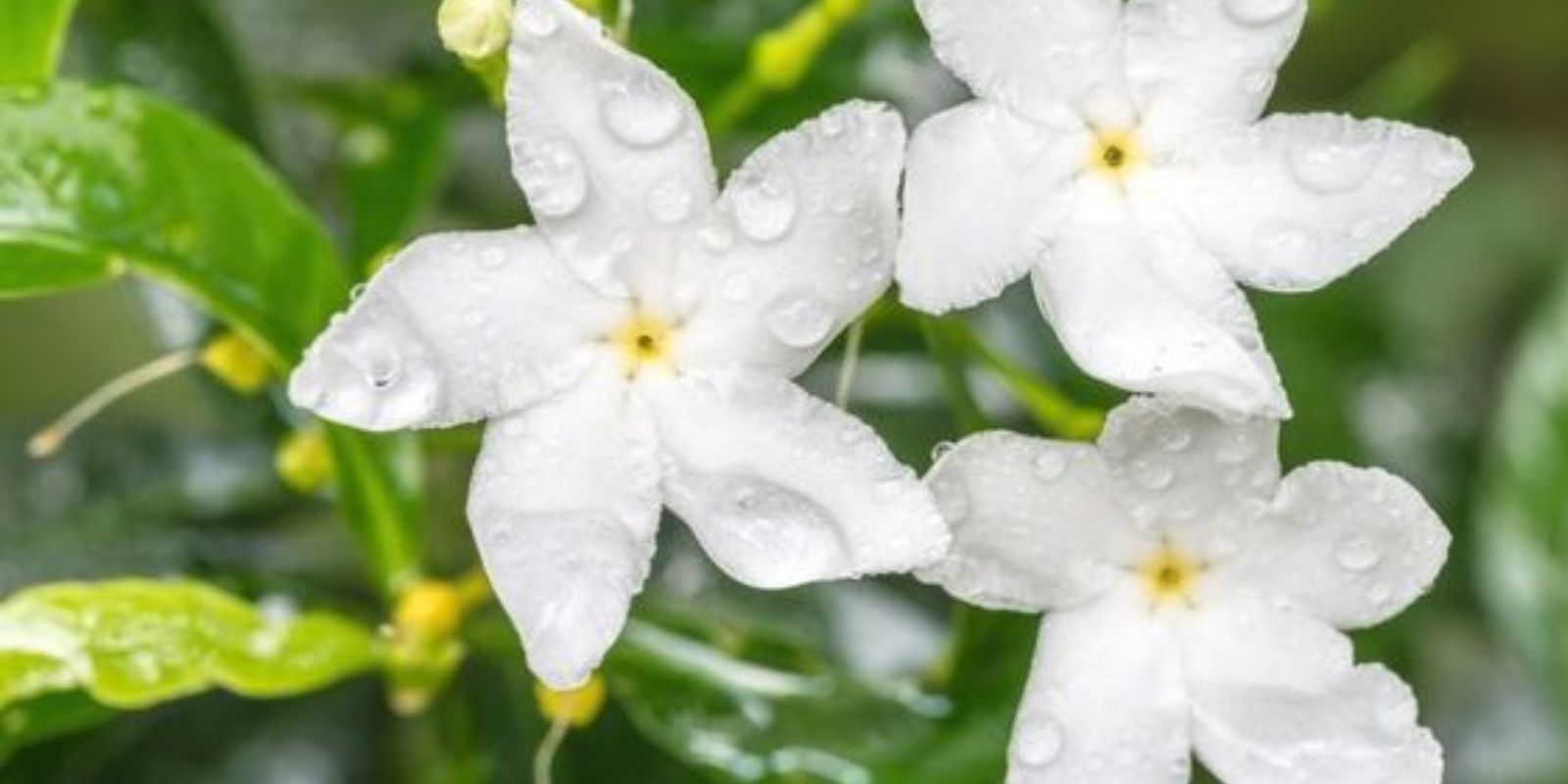Gardenias and jasmine are renowned for their enchanting fragrances and delicate blooms, making them prized additions to any garden or indoor space. Propagating these plants can seem daunting, but with the right techniques, you can replicate them endlessly, just like the experts in floristry. Whether you’re a seasoned gardener or a novice enthusiast, learning to propagate gardenia or jasmine opens up a world of possibilities for expanding your garden, sharing plants with friends, or simply enjoying the process of nurturing new growth.
Introduction to Propagating Gardenia or Jasmine Plants
Propagation allows you to create new plants from existing ones, preserving their desirable traits and characteristics. For gardenias and jasmine, propagation methods typically involve taking stem cuttings, which are then encouraged to develop roots and establish themselves as independent plants. This article explores the step-by-step process of propagating gardenia or jasmine plants, including tips and insights borrowed from florists to ensure success.
Steps to Endlessly Propagate Gardenia or Jasmine Plants
1. Select Healthy Cuttings
Begin by choosing healthy, disease-free stems from your gardenia or jasmine plant. Opt for stems that are vigorous and have not yet flowered, as these tend to root more easily. Use sharp, clean pruning shears to make a clean cut just below a leaf node.
2. Prepare Cuttings
Once you have your cuttings, trim each one to about 4-6 inches in length. Remove any lower leaves along the stem to expose the nodes—these are the points from which roots will emerge. This preparation encourages the cutting to focus its energy on root development rather than sustaining foliage.
3. Apply Rooting Hormone
To expedite the rooting process, dip the cut end of each stem into rooting hormone powder or gel. Rooting hormones contain auxins, which stimulate root growth and increase the cutting’s chances of successfully establishing itself. Shake off any excess hormone to avoid overdosing, which could inhibit root development.
4. Plant in Potting Mix
Prepare small pots filled with a well-draining potting mix. A mix designed for propagation or one that includes perlite or vermiculite for improved drainage is ideal. Make a hole in the potting mix with a pencil or your finger, insert the cutting carefully, and gently press the soil around it to ensure good contact with the stem.
5. Provide Ideal Conditions
Place the pots in a location that receives bright, indirect sunlight. Direct sunlight can be too harsh and may cause the cuttings to wilt or dry out prematurely. A warm, draft-free area, such as a greenhouse shelf, windowsill, or protected porch, is perfect for encouraging root growth.
6. Maintain Moisture
Keep the potting mix consistently moist but not waterlogged. Check the soil regularly and water as needed to prevent it from drying out completely. Mist the leaves occasionally to maintain humidity around the cuttings, which can promote root development.
7. Monitor Growth
Be patient and observant during the propagation process. Over the coming weeks, monitor each cutting for signs of new growth, such as emerging leaves or stems. Resist the urge to disturb the cuttings unnecessarily, as they are developing delicate new roots.
8. Transplant as Needed
Once the cuttings have developed strong roots, usually within 6-8 weeks, they are ready to be transplanted into larger pots or directly into the garden. Handle the young plants carefully to avoid damaging the roots, and plant them at the same depth as they were in the propagation pots.
Benefits of Propagating Gardenia or Jasmine Plants
1. Expand Your Garden Easily
Propagation allows you to increase the number of gardenia or jasmine plants in your collection without needing to purchase new ones. This is particularly beneficial if you have a specific variety or cultivar that you wish to propagate for its unique traits.
2. Share Plants with Others
Propagating gardenia or jasmine plants provides an opportunity to share your love of gardening with friends, family, or fellow garden enthusiasts. Giving away propagated plants is a thoughtful and sustainable way to spread beauty and enjoyment.
3. Cost-Effective Gardening
By propagating plants from cuttings rather than buying new ones, you can save money on garden expenses. Once established, propagated gardenia or jasmine plants require minimal ongoing care, making them a cost-effective addition to your garden or indoor plant collection.
Tips for Success
To ensure successful propagation of gardenia or jasmine plants, consider these additional tips:
- Timing: Spring and early summer are generally the best times to take cuttings, as plants are actively growing and conditions are favorable for root development.
- Temperature and Humidity: Maintain a consistent temperature around the cuttings, ideally between 70-75°F (21-24°C), and moderate humidity to encourage healthy growth.
- Patience: Rooting can take several weeks, so be patient and avoid disturbing the cuttings unnecessarily during this critical phase.
Conclusion
Propagating gardenia or jasmine plants is a rewarding and accessible way to expand your garden and enjoy the beauty of these beloved flowers. By following the steps outlined in this article and applying tips from experienced florists, you can successfully propagate these plants and cultivate thriving new additions to your garden or indoor plant collection. Embrace the art of propagation, nurture your cuttings with care, and celebrate the growth and beauty that come with creating new plants from existing ones. Start your propagation journey today and experience the joy of endless gardenia or jasmine blooms in your own green oasis.

